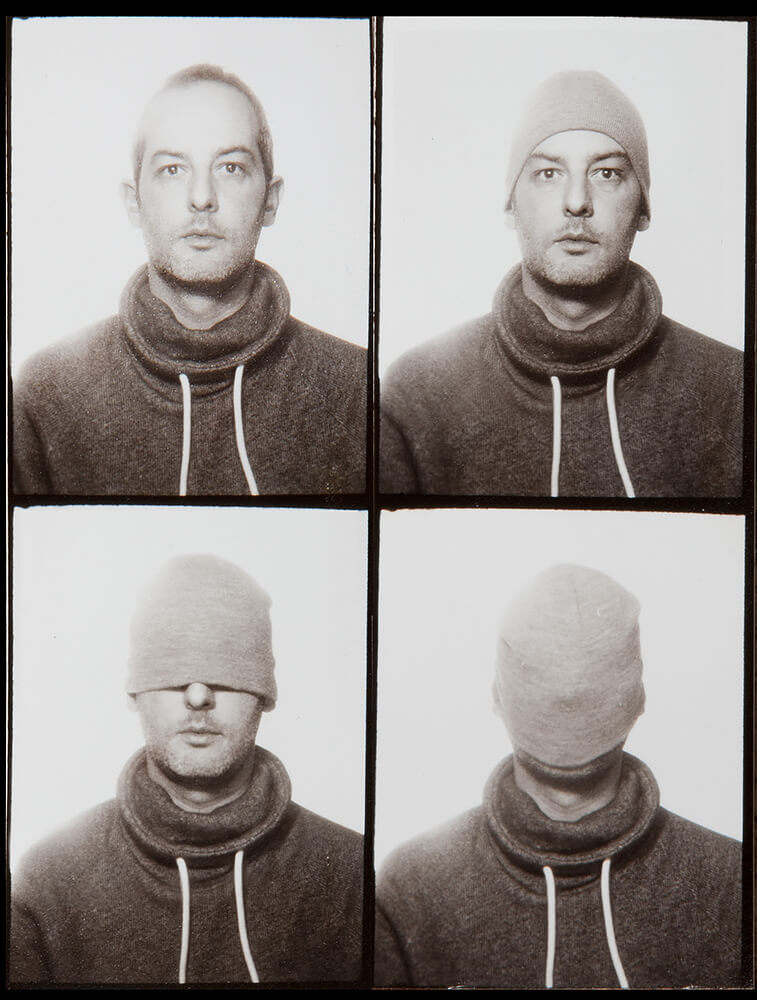Gabriele Galimberti, born in 1977, is an Italian photographer who frequently lives on airplanes, and occasionally in Val di Chiana (Tuscany), where he was born and raised. He has spent the last few years working on long-term documentary photography projects around the world, some of which have become books, such as Toy Stories, In Her Kitchen, My Couch Is Your Couch and The Heavens. Gabriele's job consists mainly of telling the stories, through portraits and short stories, of people around the world, recounting their peculiarities and differences, the things they are proud of and the belongings with which they surround themselves; social media, in all its forms, is a fundamental part of the research needed to get in touch, discover and produce those stories.
Gabriele committed to documentary photography after starting out as a commercial photographer, and after joining the artistic collective Riverboom, best known for its work entitled Switzerland Versus The World, successfully exhibited in festivals, magazines and art shows around the world. Gabriele is currently traveling around the globe, working on both solo and shared projects, as well as on assignments for international magazines and newspapers such as National Geographic, The Sunday Times, Stern, Geo, Le Monde, La Repubblica and Marie Claire.
His pictures have been exhibited in shows worldwide, such as the well known Festival Images in Vevey, Switzerland, Le Rencontres de la Photographie (Arles) and the renowned V&A museum in London; they have won the Fotoleggendo Festival award in Rome and the Best In Show prize at the New York Photography Festival.
Gabriele recently became a National Geographic photographer and he regularly works for the magazine.
Publications
Gabriele Galimberti, Paolo Woods, "The Heavens", Delpire/Dewi Lewis, Paris-London 2015
Gabriele Galimberti, "My Couch Is Your Couch", Clarkson Potter, New York 2015
Gabriele Galimberti, "In Her Kitchen", Clarkson Potter, New York 2014 (also translated in French, Chinese and Korean)
Gabriele Galimberti, "Toy Stories", Abrams Book, New York 2014
Gabriele Galimberti is the Second Place Winner of All About Photo Awards 2020 with his work The Ameriguns